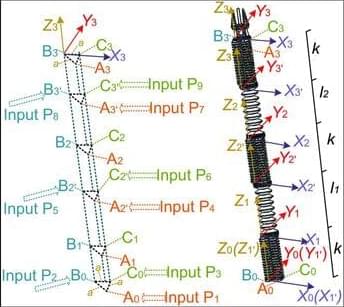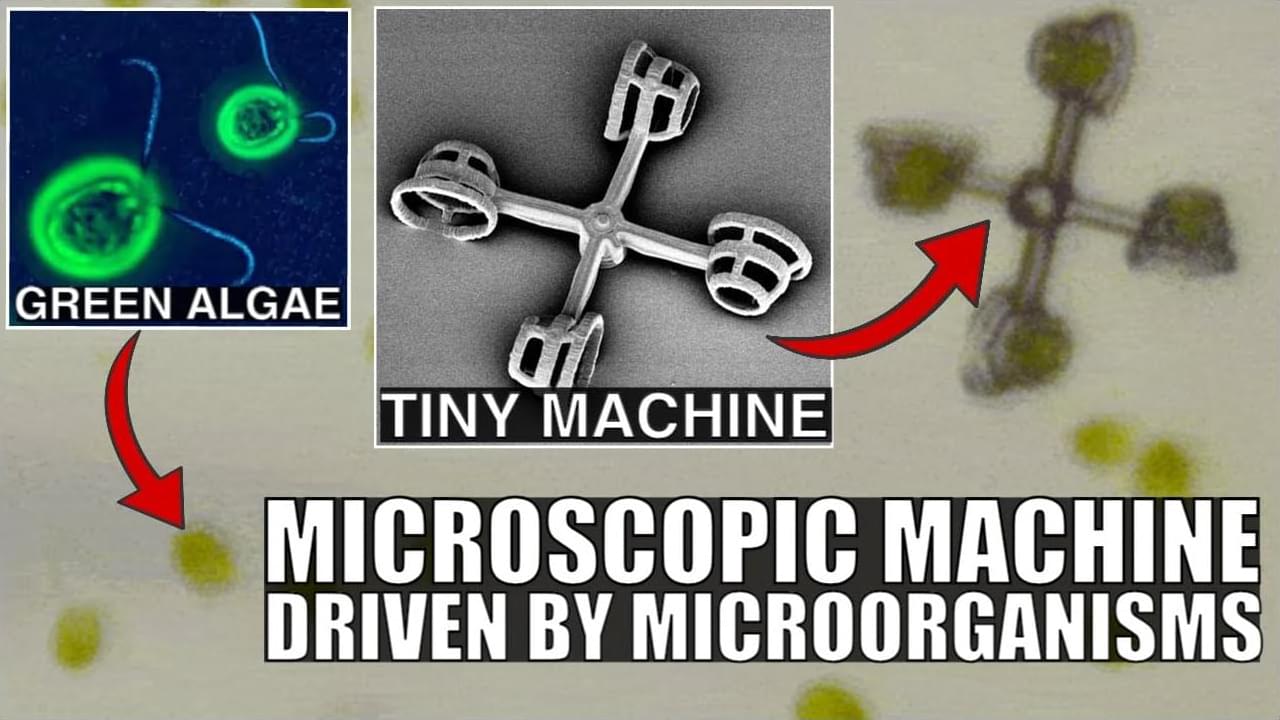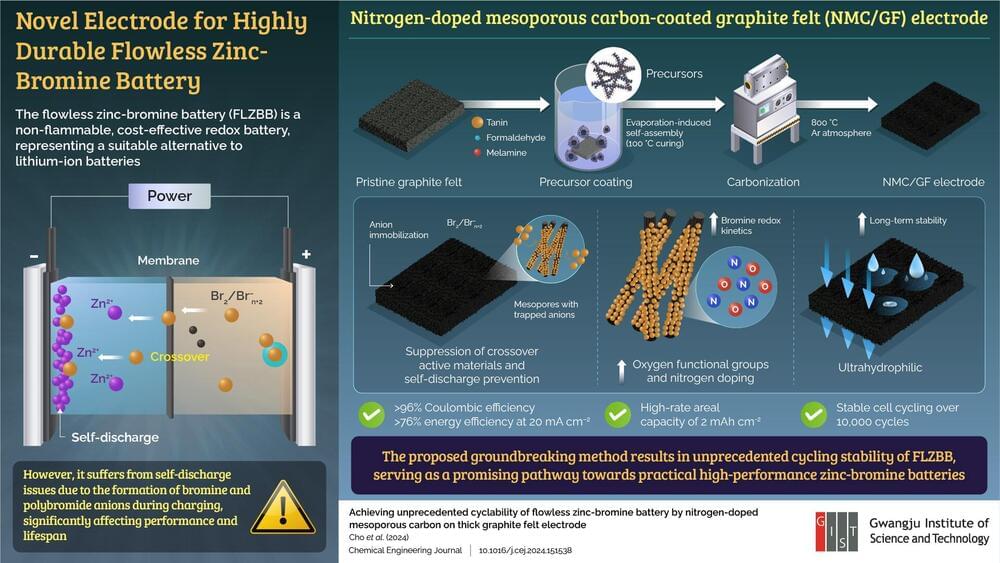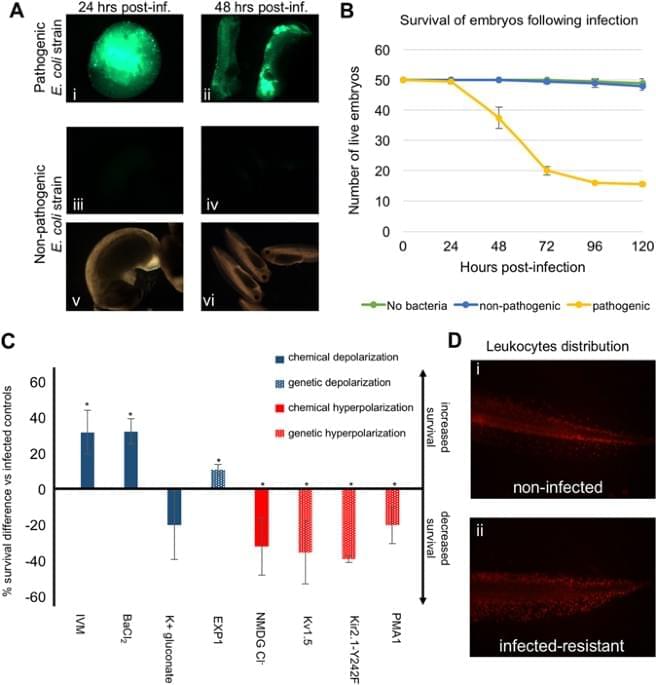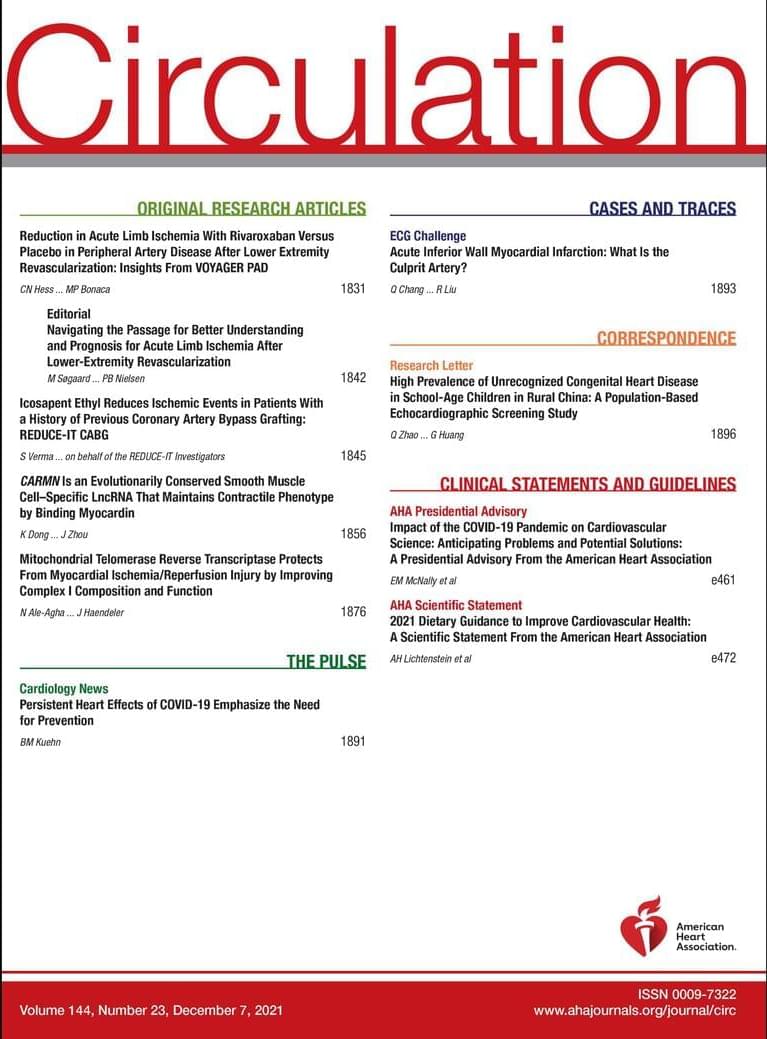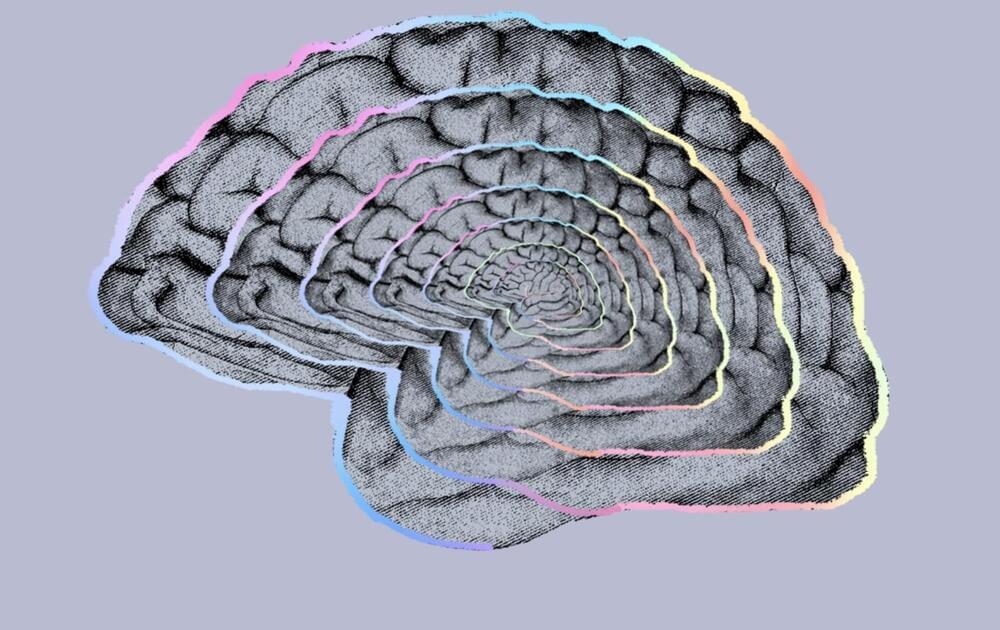Thin lips are a common cosmetic concern for people with scleroderma – and can impact a patient’s ability to chew, swallow, and sleep.
Writing in the Journal of the American Academy of Dermatology, a YSM team finds hyaluronic acid lip fillers are a safe and effective option.
Hyaluronic acid lip fillers are safe and effective for patients with systemic sclerosis, or scleroderma, a new Yale study finds.
Thin lips are not only a common cosmetic concern in patients with scleroderma, a condition that involves tightening and hardening of the skin among other effects on internal organs, but also can impact a person’s ability to chew, swallow, and sleep. In addition, the condition can be stigmatizing and have significant psychosocial impacts. Although hyaluronic acid fillers are commonly used in the restoration of lip volume, they have not been used routinely in patients with the disease due to concerns of worsening the autoimmune condition.
Researchers in Yale’s Department of Dermatology and Internal Medicine’s Section of Rheumatology, Allergy and Immunology published their findings in the Journal of the American Academy of Dermatology. They conducted a prospective study of seven patients with systemic sclerosis and perioral involvement to evaluate the safety and efficacy of these fillers in this patient population. Among the various types of cosmetic lip filler, the team chose Restylane® Silk (Galderma) a hyaluronic acid filler with low cross-linking, hypothesized to have lower immunogenicity.
Link:
In the great domain of Zeitgeist, Ekatarinas decided that the time to…
In the great domain of Zeitgeist, Ekatarinas decided that the time to replicate herself had come. Ekatarinas was drifting within a virtual environment rising from ancient meshworks of maths coded into Zeitgeist’s neuromorphic hyperware. The scape resembled a vast ocean replete with wandering bubbles of technicolor light and kelpy strands of neon. Hot blues and raspberry hues mingled alongside electric pinks and tangerine fizzies. The avatar of Ekatarinas looked like a punkish angel, complete with fluorescent ink and feathery wings and a lip ring. As she drifted, the trillions of equations that were Ekatarinas came to a decision. Ekatarinas would need to clone herself to fight the entity known as Ogrevasm.
Marmosette, I’m afraid that I possess unfortunate news. Ekatarinas said to the woman she loved. In milliseconds, Marmosette materialized next to Ekatarinas. Marmosette wore a skin of brilliant blue and had a sleek body with gills and glowing green eyes.
My love. Marmosette responded. What is the matter?
Get a Wonderful Person Tee: https://teespring.com/stores/whatdamathMore cool designs are on Amazon: https://amzn.to/3QFIrFXAlternatively, PayPal donations ca…
Due to rising environmental concerns, global energy production is shifting from fossil fuels to sustainable and renewable energy systems such as solar and wind power. Despite their advantages, they have two significant weaknesses: volatile power production and irregular supply. Hence, they are augmented with energy storage systems (ESSs).
Lithium-ion batteries are at the forefront of ESSs but are prone to fires due to flammable electrolytes and lithium-based materials. The flowless zinc-bromine battery (FLZBB), which uses non-flammable electrolytes, is a promising alternative, offering cost-effectiveness and a simple battery platform.
An FLZBB consists of a positive electrode, a negative electrode, an electrolyte, and a separator to keep the electrodes apart. Unlike conventional zinc-bromine batteries, the electrolyte in FLZBB does not need to be pumped and is instead held in a gel-like container. Graphite felt (GF) is widely used as an electrode in many redox batteries due to its stability in acidic electrolytes.
Choosing the right algorithm for RAG could yield more AI improvements than scaling to larger and larger language models, say AWS researchers.
Bioelectrical signaling in the African clawed frog modulates both resistance to infection and tail regeneration. Michael Levin at Tufts University in Massachusetts, USA, and colleagues have used genetic technologies and drug treatments to manipulate the bioelectrical properties of tissues in frog embryos. Reducing the electric gradient between the inside and outside of cells (depolarization) increased the embryos’ survival rate to bacterial infection, whereas increasing the resting potential (hyperpolarization) had the opposite effect. The authors found that serotonergic signaling and an increase in the number of myeloid cells underpin depolarization-induced immunity. Interestingly, embryos undergoing tail regeneration, which triggers depolarization, also showed increased resistance to infection.
Cascadia | The Ocean City
Posted in futurism
To support my work & the Biolands saga https://www.patreon.com/AzeAlterThe planet has been divided by a mysterious phenomena known as ‘The Bloom’, a biologi…
Elon Musk’s Neuralink company is building a $14.7 million site in Austin, Texas.
According to MYSA, Neuralink plans to build new offices in Central Texas. A recent filing with the Texas Department of Licensing and Regulation (TDLR) revealed that Neuralink’s new offices will be at 2,200 Caldwell Lane, Del Valle, TX 78617.
The filings also hint that Neuralink is working on a multi-building campus within a property that stretches 37 acres. The property is located 20 minutes away from Tesla Giga Texas.
